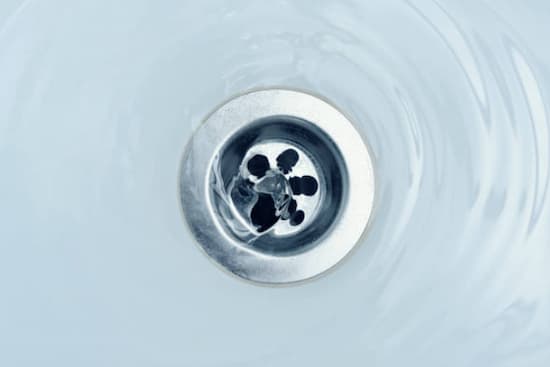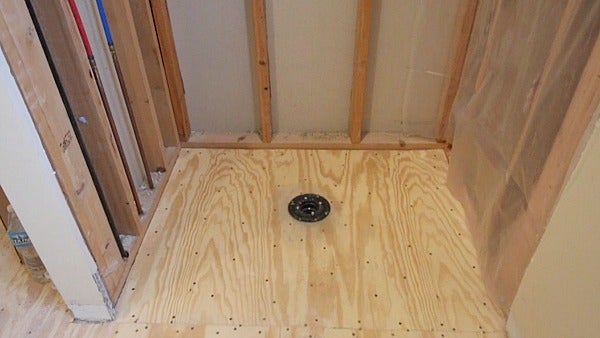How To-Guidelines for-Tips On Successfully-Effectively-Properly Handle-Manage-Execute Your Own-DIY-Personal Shower Drain-Bathroom Drain-Drainage System Installation-Setup-Project
How To-Guidelines for-Tips On Successfully-Effectively-Properly Handle-Manage-Execute Your Own-DIY-Personal Shower Drain-Bathroom Drain-Drainage System Installation-Setup-Project
Blog Article
Just how do you really feel in relation to Easy Shower Drain Installation Tips?

Upgrading a shower room is just one of the extra popular home improvement projects. Dealing with the plumbing for draining your shower can be exceptionally simple unless you overdo it.
Managing Your Own Shower Drain Installment Job
You can physically construct a collector for your new shower, yet you really require to think of it. Do you really wish to get involved in the issues of obtaining the sloping correct, in addition to making sure every aspect of it is water resistant? As well as I indicate every element! It is much easier to simply acquire a pre-cast collection agency online or at your neighborhood Lowes, Home Depot or hardware store. Building one could sound like a great idea, however you will possibly feel in a different way after a number of hours.
No matter just how you deal with obtaining a pan, you should make every effort to use one that has the drainpipe situated in the exact same area as the original pan. Moving the drain pipes can be a job, specifically if the builder used a special framing structure. If you are established to move the drain, you are mosting likely to need to cut back the pipe or lengthen it, which might suggest ripping up large pieces of the flooring. Rephrase, you are mosting likely to be looking at a multiple weekend project.
Assuming we have our drain lined up, the actual connect is fairly easy. The drainage pipe should be facing upright approximately the enthusiast. It will certainly commonly appear like a "U", which implies it acts as a cleanout to maintain unpleasant smells from returning up from the drainpipe. To connect the drainpipe, you are mosting likely to create a water limited connection in between a drainpipe cap on the top of the pan and also the drain pipeline. Solutions differ, however you are typically mosting likely to do this by putting a coupling item on the top of the drainage pipe. This is then covered with gaskets and literally screwed right into the drain cap. The drain cap need to serve as a locknut, to wit, it screws straight onto the coupling.
The difficult part of this procedure is getting your drain cap to suit a water tight placement in the pan. This is accomplished by backing off the drainpipe cap when you make certain every little thing fits together. At that point, you put plumbings putty around the underside of the cap and after that screw it back on. The putty ought to develop a tight seal between the cap and the shower pan, which maintains water from flowing under it and also into the framing under the shower.
Certainly, restroom showers been available in a wide array of designs these days. If you purchase an enthusiast, they almost always come with plumbing guidelines or the shop can keep in mind anything uncommon you should understand. It sounds complex, however is usually rather straight forward. Have a good time!
Whether you are a bathtub or shower person, most individuals try to find shower just alternatives when getting a home. This straightforward fact implies greater than a few property owners invest a weekend break updating or installing showers in their restrooms. The good news is for you, it is a rather simple process.
A collector or pan refers to the horizontal surface located at the end of the shower. The enthusiast typically consists of a non-slip surface area a little banked in the direction of the facility or anywhere the drain lies. Incorporated with three to four inch wall surfaces around the side, the objective of your shower drain plumbing is to get the water to move to as well as down the drain.
Tips for Installing a Shower Drain Assembly
Renovating a bathroom can be exciting as well as fulfilling if you’re tackling the job DIY-style. After you cross off the bigger decisions such as tile style, paint colors, and fixtures, you’ll need to finalize smaller details – such as the shower drain. In this article, we’re sharing some tips for selecting and installing the right drain assembly for your updated shower.
What is a shower drain assembly?
Shower bases or pans typically only come with a pre-drilled drain hole. Since the pan slopes toward the drain, you should consider the placement – left, center, or right – when designing your shower. You’ll need to purchase and install a shower drain assembly that connects the shower pan to the drain pipe underneath the shower. There are a few types of assemblies, which will be covered below.
Size of a shower drain
When it comes to installing drains, size matters. The recommended pipe size for a shower drain is 2 inches, whereas most tubs use 1.5-inch pipes. Why the difference?
Shower pans are shallower than tubs, so there’s a higher risk for overflow. So, the larger pipe allows for quicker draining. If you are replacing an old tub with a newer stand-up shower, you will need to make additional plumbing adjustments to accommodate the 2-inch pipe.
Types of shower drain assemblies
There are three common types of shower drain assemblies: compression shower drain, solvent-glue shower drain, and tile shower drain. The layout, design, and materials of your shower can determine which type of shower drain assembly will work best.
Compression shower drain
This type of assembly attaches to the drain pipe with compression washers and nuts. The drain fitting is typically installed into the base, and then the base is installed into the bathroom floor. This makes compression-style drains easier to install than other options, particularly if you don’t have easy access from the floor under the shower base. Drains are available in a wide range of materials such as PVC (polyvinyl chloride), ABS (Acrylonitrile Butadiene Styrene), and brass, and can be used for acrylic, fiberglass, and steel shower bases.
Solvent-glued shower drain
Made of either polyvinyl or ABS, this type of shower drain is sealed to the drain pipe with solvent glue and silicone. Since you’ll be working underneath the drain pan, we only recommend using this type of drain if you have access under the shower, such as from a basement or crawlspace. It’s also important that you match the type of plastic of the drain with the drainpipe. If you take these precautions, you can install a solvent-glued drain assembly with acrylic, fiberglass, and steel shower bases.
Tile shower drain –
Drain assemblies for custom tile showers feature a waterproof membrane liner placed between two flanges. The tile is installed on top of the liner, collecting any water that seeps through the porous grout. A metal strainer is installed in line with the tile over the drain.
https://www.epshawaii.com/blog/tips-for-installing-a-shower-drain-assembly/

As a passionate person who reads about How to Install or Replace a Shower Drain, I assumed sharing that piece of content was smart. Sharing is nice. One never knows, you may be doing someone a favor. I cherish reading our article about How to Install a Shower Drain in a Basement.
Report this page